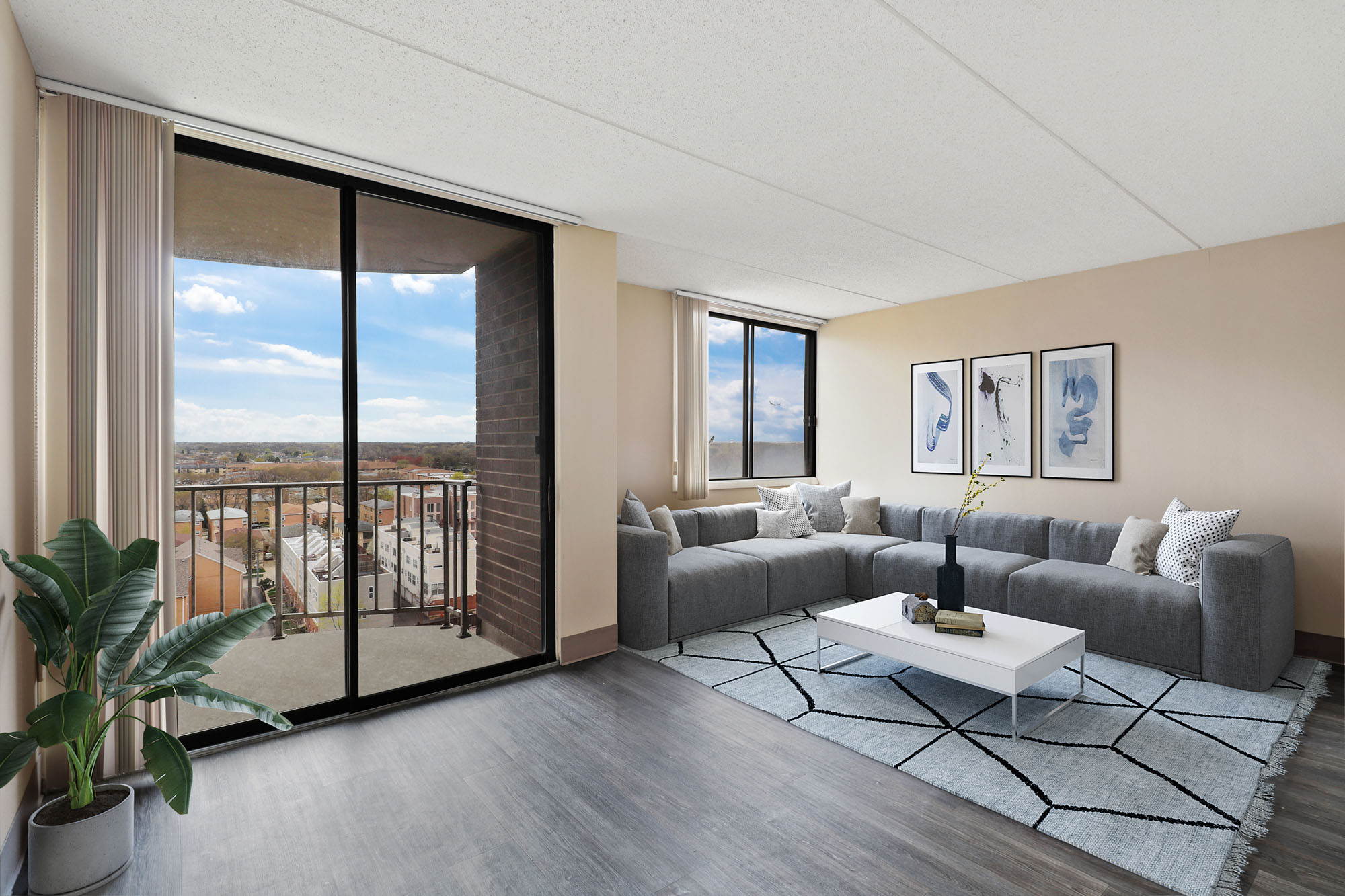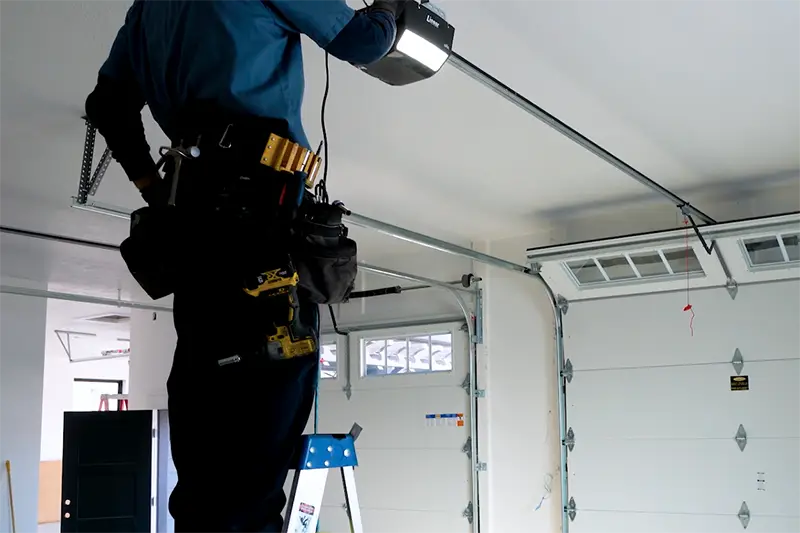Expanding your home is one of the most rewarding investments you can make. A well-planned home extension not only provides extra space but also significantly boosts property value. Whether you are looking to create more room for your growing family, add functionality, or simply enhance the aesthetics of your living space, extending your home can be the perfect solution. With careful planning, creativity, and the right approach, you can transform your property into a more spacious and valuable asset.
Why Consider a Home Extension?
Many homeowners eventually find that their existing space no longer meets their needs. Moving to a larger house might seem like the obvious solution, but it can be costly, stressful, and inconvenient. A home extension allows you to stay in your familiar neighborhood while tailoring your property to fit your lifestyle. By extending, you can:
- Create additional living space without uprooting your family
- Increase your property’s value for future resale
- Adapt your home to changing circumstances such as remote work or family growth
- Enhance comfort and functionality with modern design features
A well-executed extension adds far more than square footage—it elevates your home’s overall appeal and market worth.
Types of Home Extension Projects
Every home and family has unique requirements, so the right type of extension depends on your goals, budget, and available space. Here are some popular options to consider:
Single-Storey Extensions
Single-storey extensions are one of the most common and versatile choices. They usually extend out from the back or side of the house and can be used to create larger kitchens, open-plan living areas, or sun-filled dining spaces. This type of extension often integrates sliding or bi-fold doors to connect indoor living with the garden, making the home feel more expansive and connected to nature.
Double-Storey Extensions
If you want to maximize your space and value, a double-storey home extension is a smart investment. This approach allows you to expand both upstairs and downstairs, often creating new bedrooms or bathrooms on the upper floor while enlarging kitchens or living rooms on the ground floor. Although more costly than single-storey projects, the return on investment is usually higher.
Rear Extensions
Extending the rear of your home is a classic choice for creating spacious kitchens and family rooms. By opening up the back of the house, you can introduce more natural light and a seamless flow into your outdoor space. This type of extension is particularly popular in urban homes where side and front expansions may be limited.
Side Return Extensions
Many older houses have narrow alleys running alongside them. A side return home extension makes clever use of this underutilized space by expanding sideways into the alley. Even though the area may be small, it can dramatically transform your kitchen or living room into a wider, brighter, and more functional space.
Loft Conversions
A loft conversion is technically a home extension that utilizes unused attic space. By adding dormer windows or skylights, you can transform an empty loft into a stylish bedroom, home office, or even a studio apartment. Loft conversions are particularly popular because they often don’t require major external construction and can be more cost-effective than other extension types.
Garage Conversions
If your garage is rarely used for parking, converting it into living space is a great way to add value. A garage conversion can provide an extra bedroom, gym, playroom, or home office without extending the physical footprint of your house.
Conservatories and Orangeries
Conservatories and orangeries are classic choices for homeowners who want light-filled spaces that bring the outdoors in. These glass structures create beautiful sunrooms that can serve as dining areas, lounges, or home offices while adding elegance to your property.
Key Design Considerations
When planning a home extension, design is just as important as construction. A poorly designed extension can feel disconnected or diminish the character of your home. Here are essential design considerations:
Seamless Integration
Your extension should blend harmoniously with the existing architecture. Matching materials, rooflines, and window styles helps create a seamless look. On the other hand, a contemporary contrast can work well if done intentionally and with care.
Natural Light
Incorporating skylights, large windows, or bi-fold doors can flood your new space with natural light. Bright, airy spaces feel larger and more welcoming, which is a key factor in adding value.
Open-Plan Layouts
Open-plan designs are highly sought after by modern buyers. Combining kitchens, dining areas, and living rooms into one expansive space creates a sociable and practical environment.
Storage Solutions
A bigger home needs clever storage solutions. Consider built-in cabinets, under-stair storage, or multi-functional furniture to maximize efficiency and reduce clutter.
Energy Efficiency
A well-designed extension should also improve your home’s energy efficiency. High-quality insulation, double-glazed windows, and energy-efficient lighting not only save on utility bills but also increase appeal to future buyers.
Legal and Planning Permissions
Before starting construction, it’s crucial to check whether your extension requires planning permission. In some cases, permitted development rights allow you to build without formal approval, but this depends on size, height, and location. Consulting with your local planning authority and hiring an architect or surveyor ensures compliance with regulations. Ignoring permissions can lead to costly legal issues and potential devaluation of your property.
Budgeting for Your Home Extension
The cost of an extension varies greatly depending on size, design, and location. It’s important to establish a realistic budget early on and include a contingency fund for unexpected expenses. Working with experienced contractors and getting multiple quotes will help ensure transparency and value for money. Remember that a well-planned home extension is not just an expense—it is an investment that can yield substantial returns when you sell your home.
Adding Value Through Extensions
Not all extensions provide equal returns. To maximize the value of your investment, focus on the spaces that appeal most to buyers:
- Large, open-plan kitchens with dining space
- Additional bedrooms and bathrooms
- Home offices or flexible workspaces
- Light-filled family areas with garden access
Estate agents consistently report that these types of extensions add the most value to a property. By considering future buyers, you can design a space that benefits your family now and pays off in the long run.
Trends in Home Extensions
Modern homeowners are increasingly embracing stylish, multifunctional, and eco-friendly extensions. Current trends include:
- Minimalist designs with clean lines and open spaces
- Eco-friendly materials such as reclaimed wood and sustainable insulation
- Smart home technology for lighting, heating, and security
- Indoor-outdoor living with large glass doors and garden patios
- Flexible layouts that can adapt as family needs change
Staying mindful of these trends ensures your extension feels contemporary and appealing for years to come.
Conclusion
A home extension is one of the most effective ways to add both value and space to your property. Whether you choose a single-storey addition, a loft conversion, or a side return extension, the key lies in thoughtful planning, quality design, and seamless integration with your existing home. Beyond providing much-needed space, a well-executed extension enhances comfort, lifestyle, and long-term property worth. By balancing your current needs with future resale potential, you can create a home that is not only more functional but also significantly more valuable.


